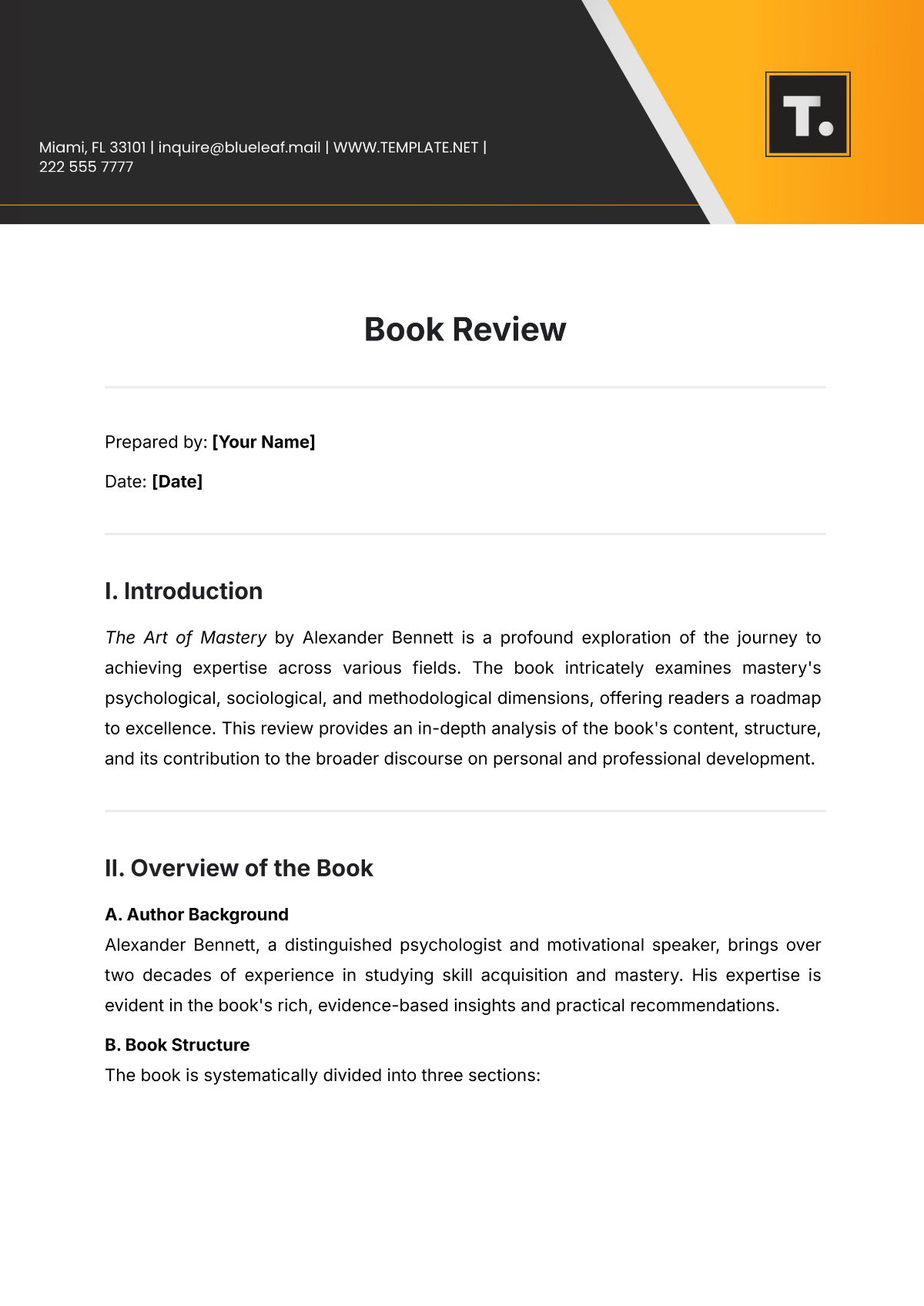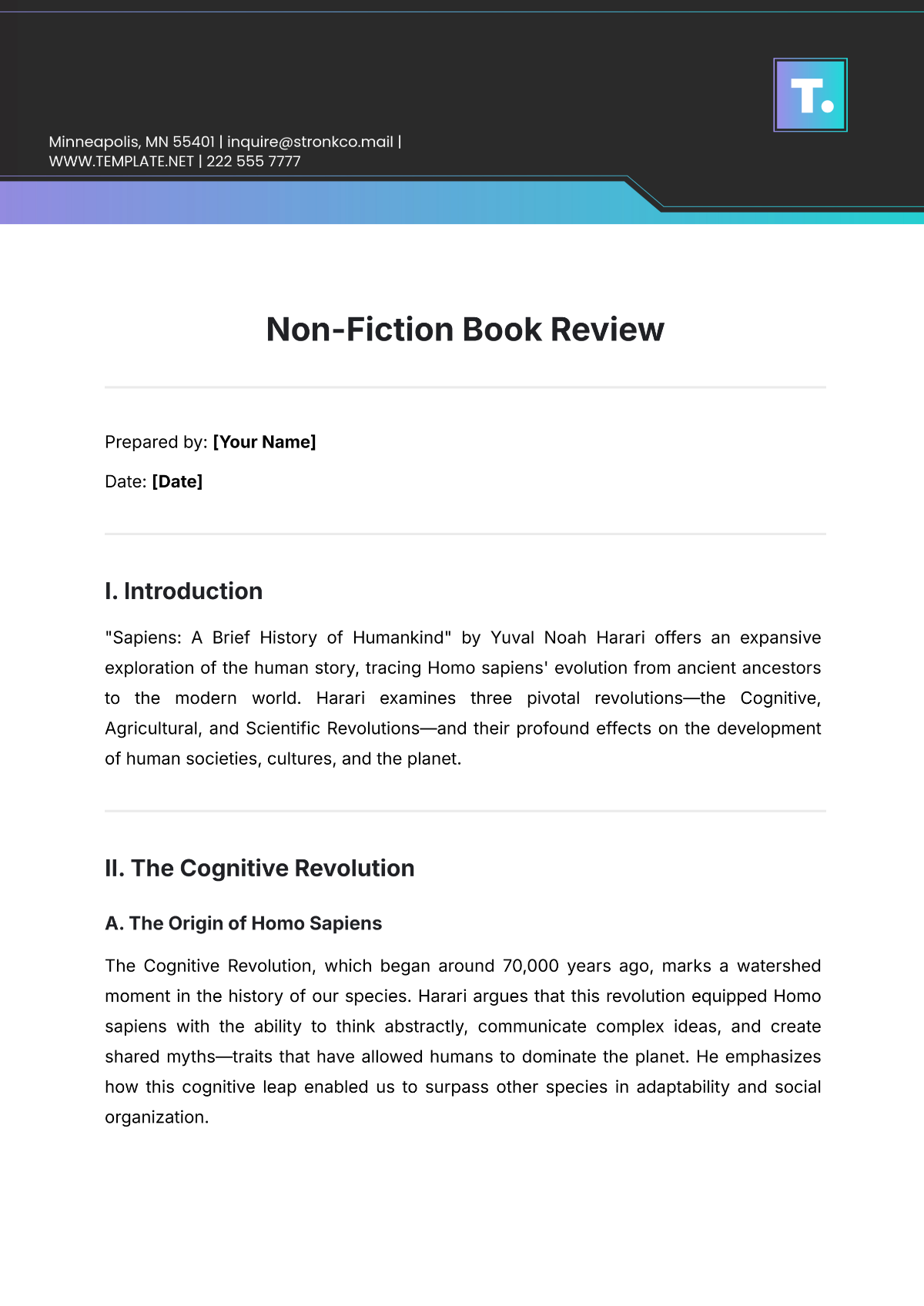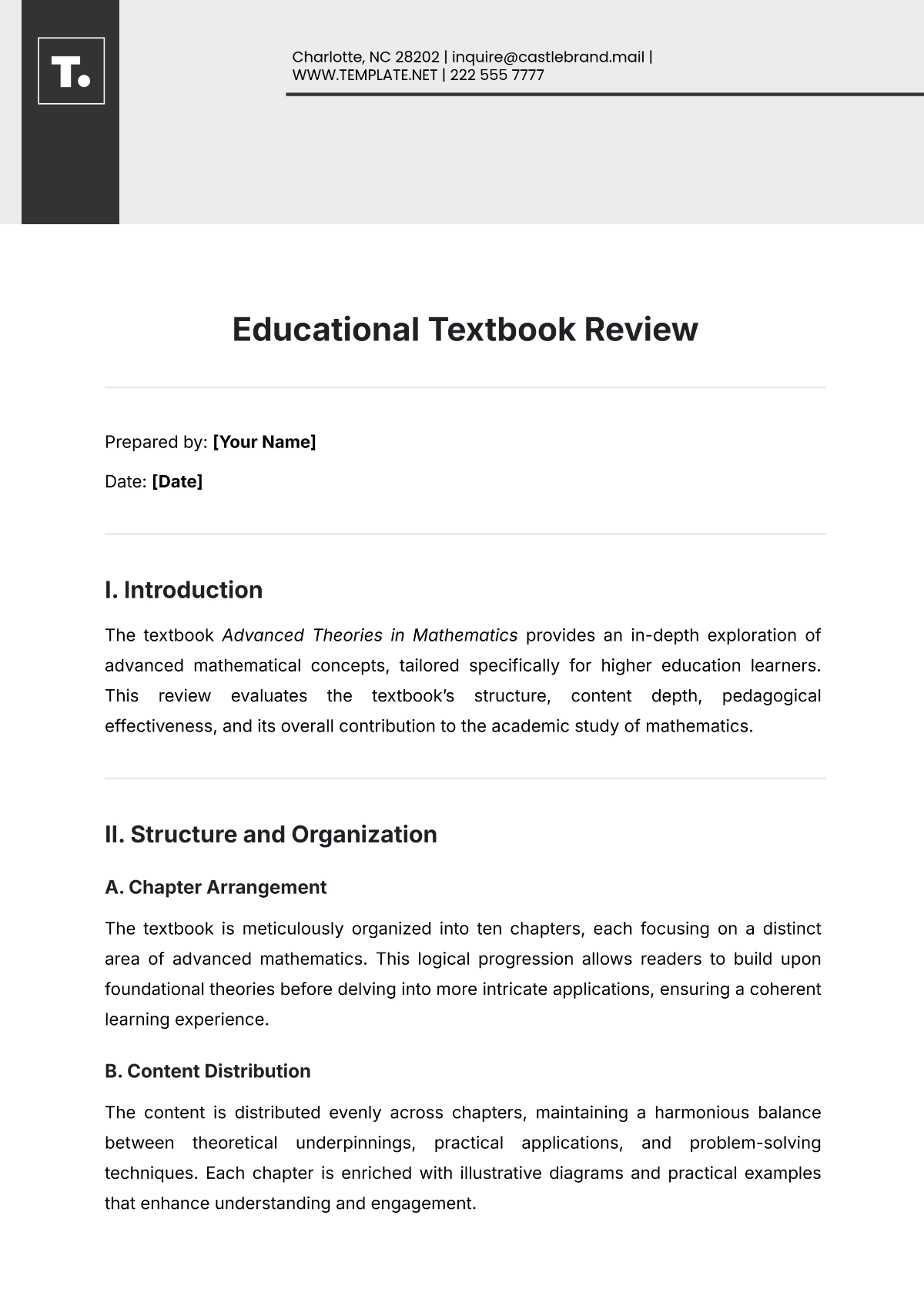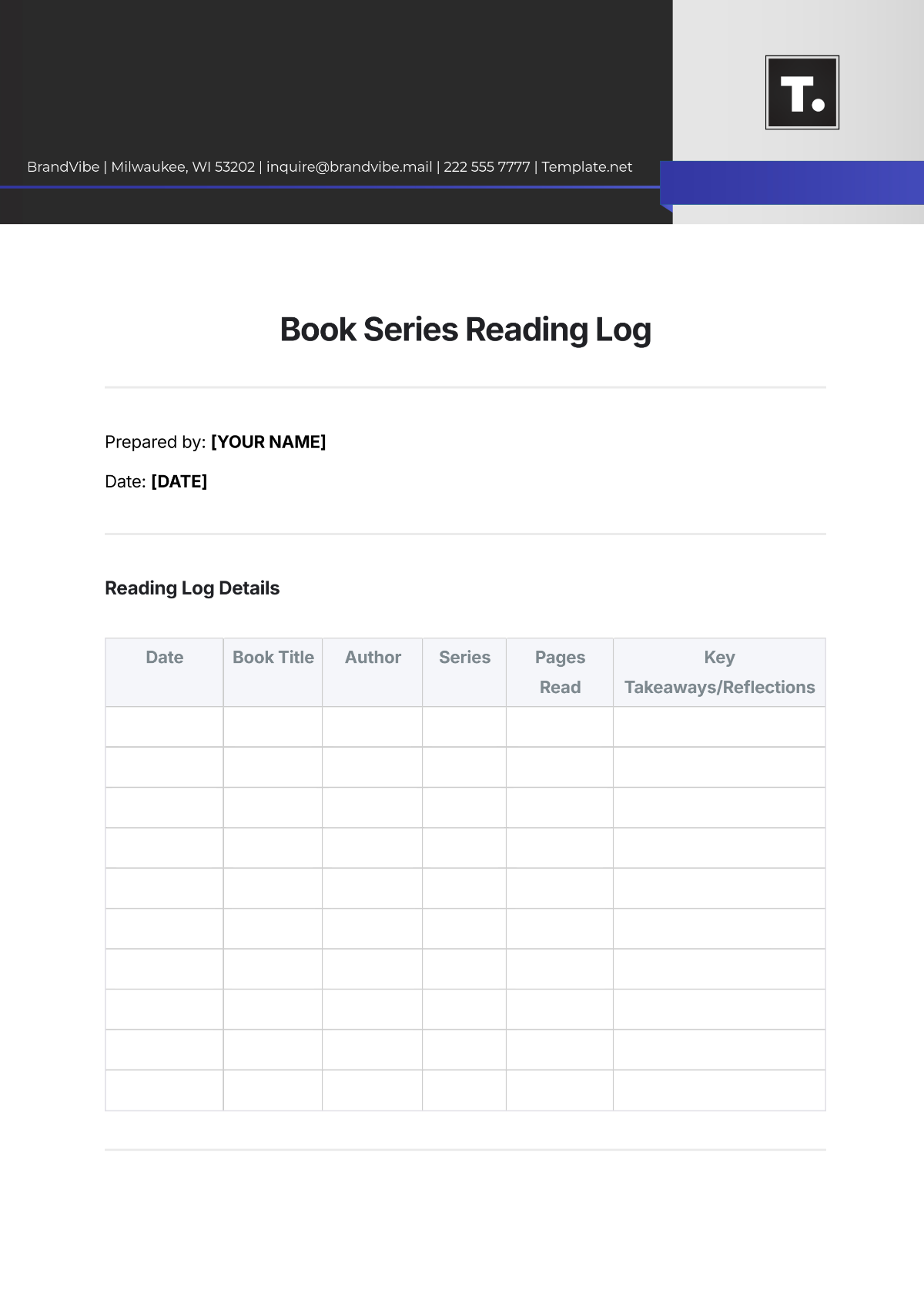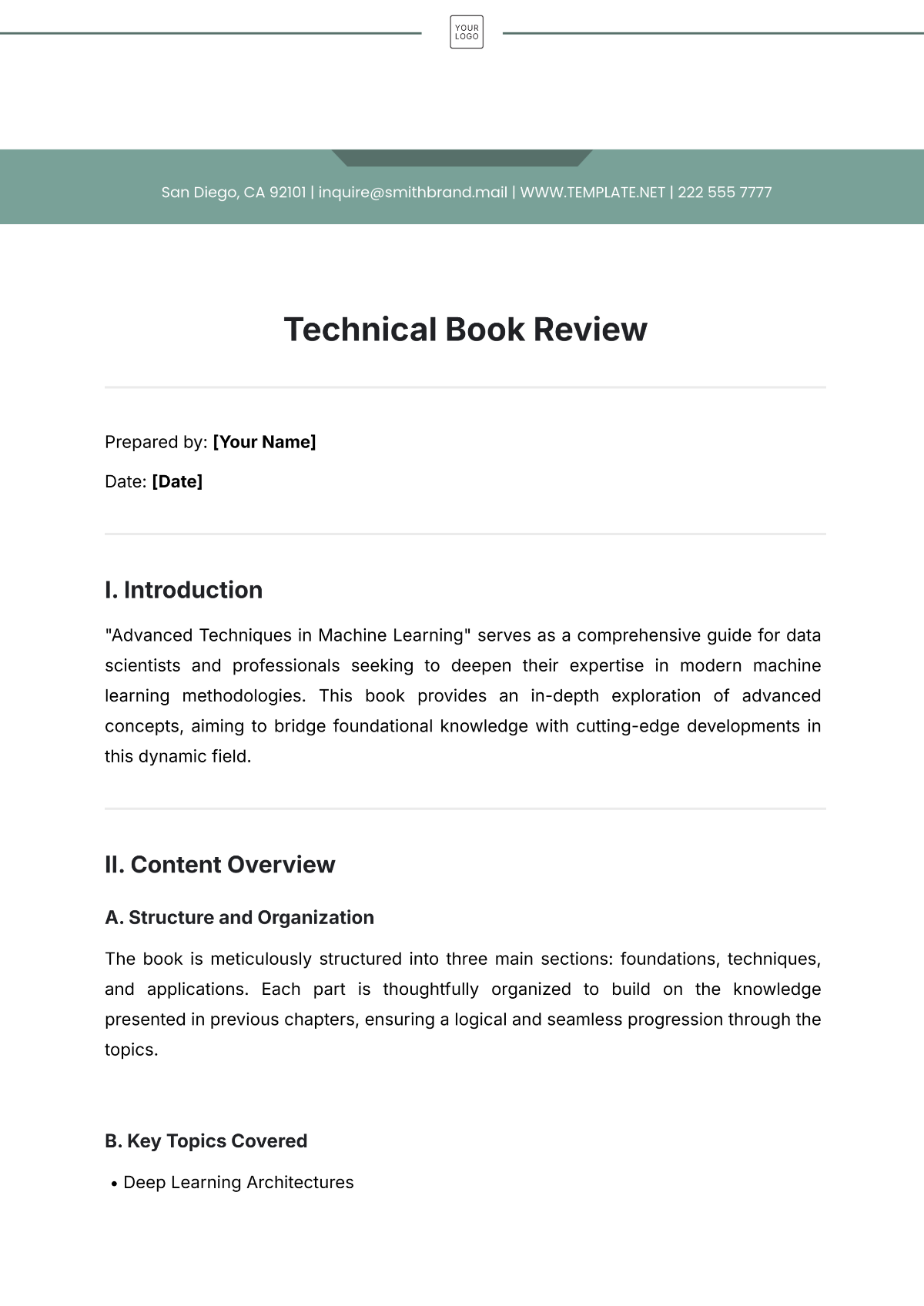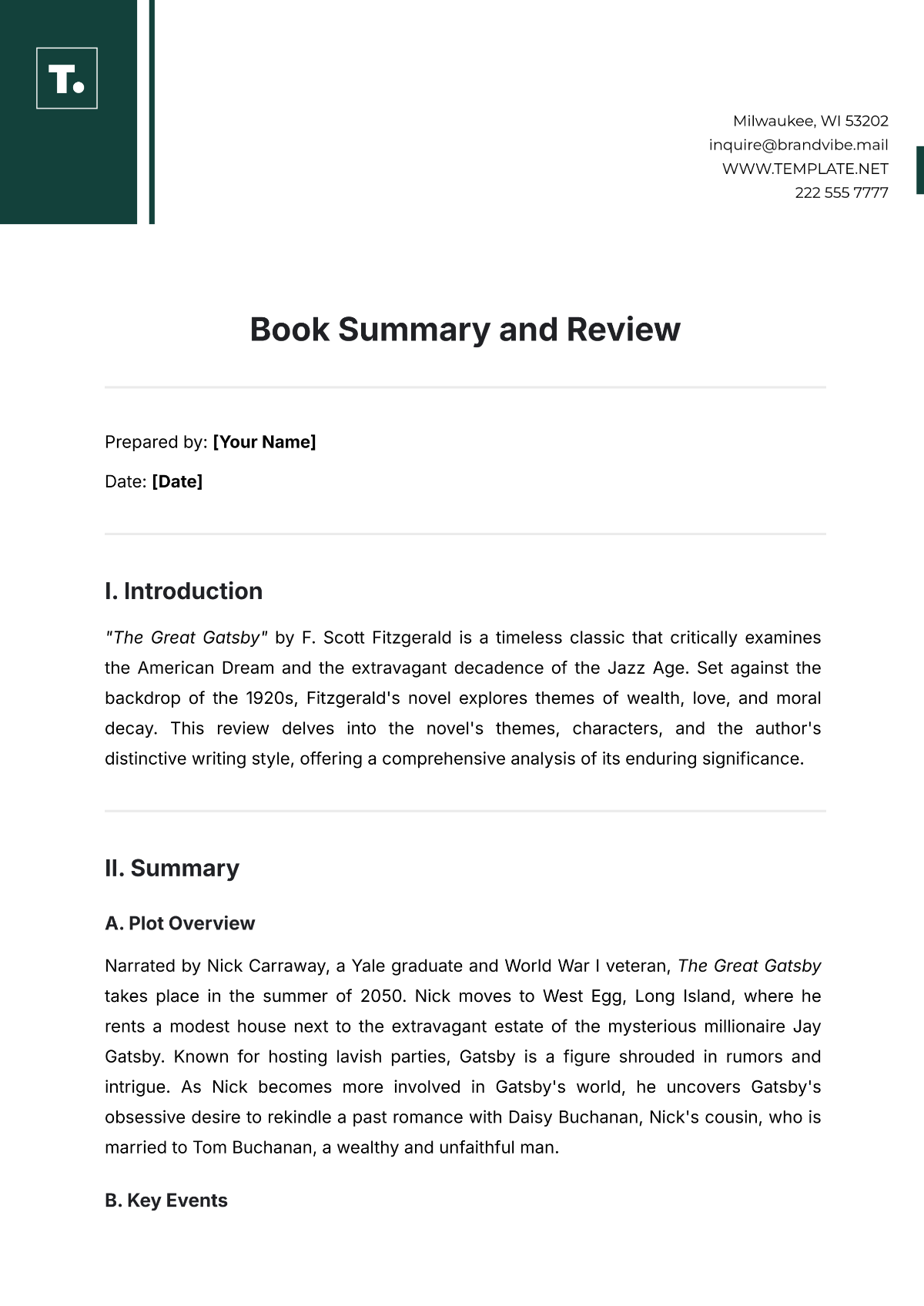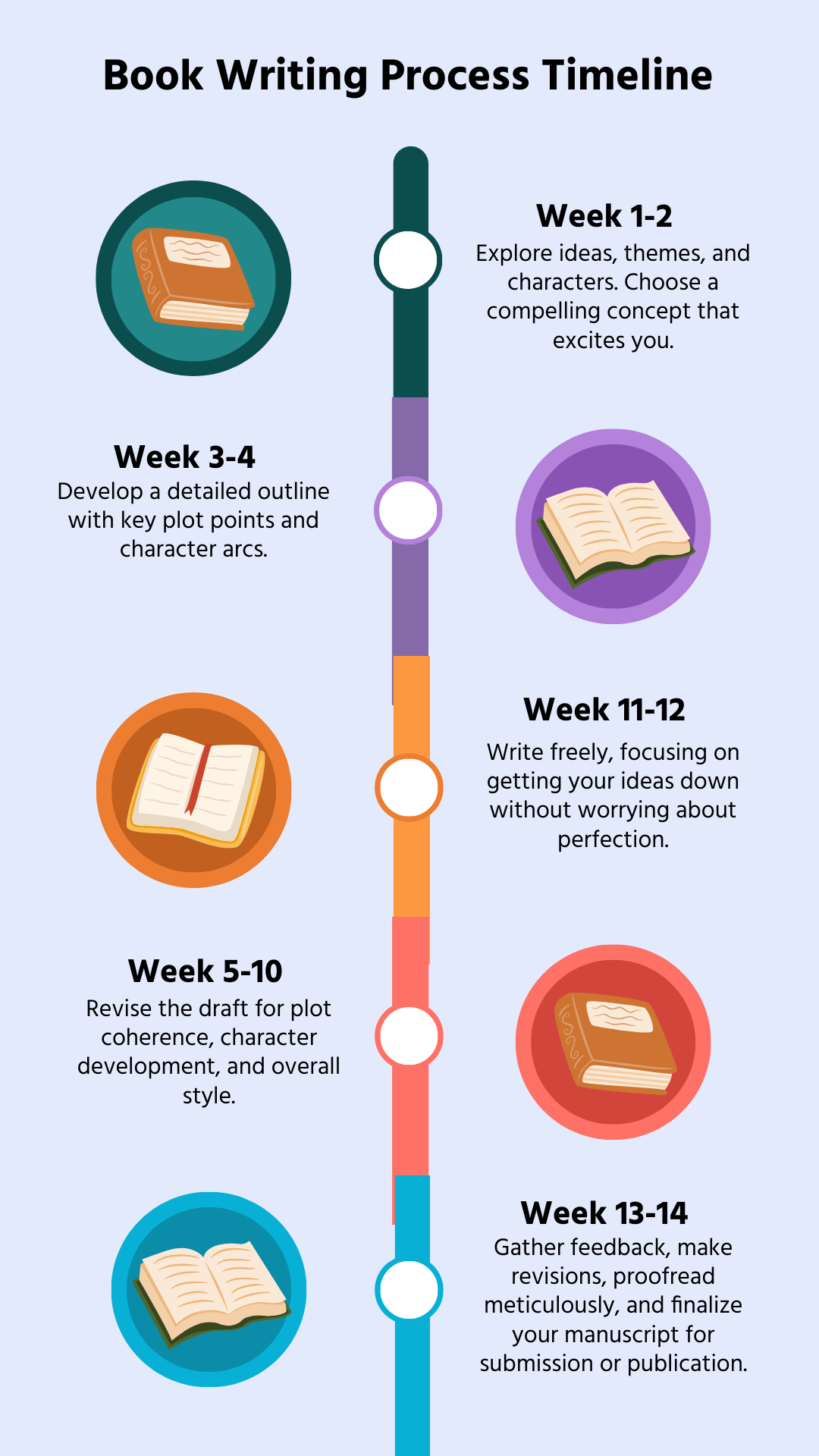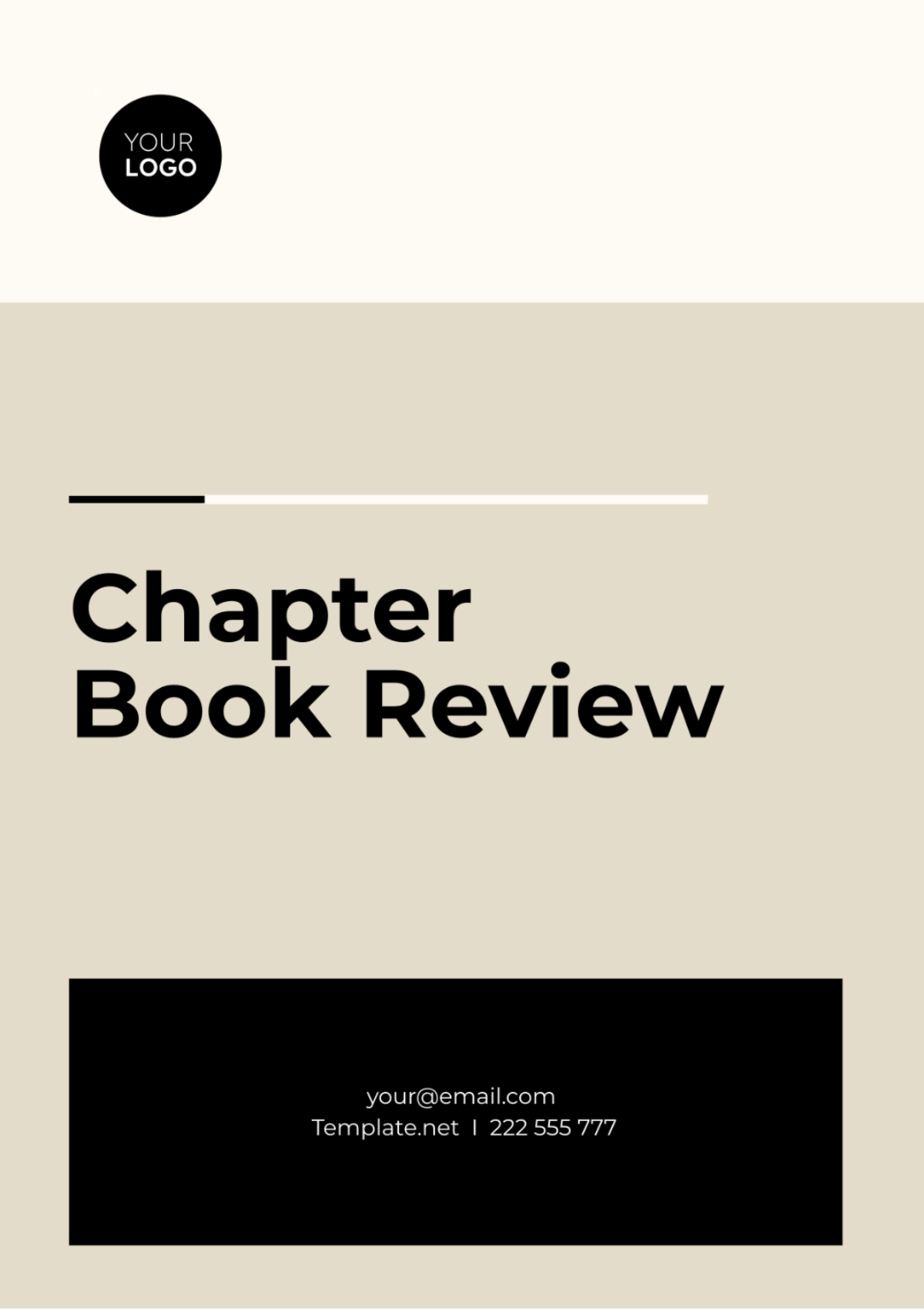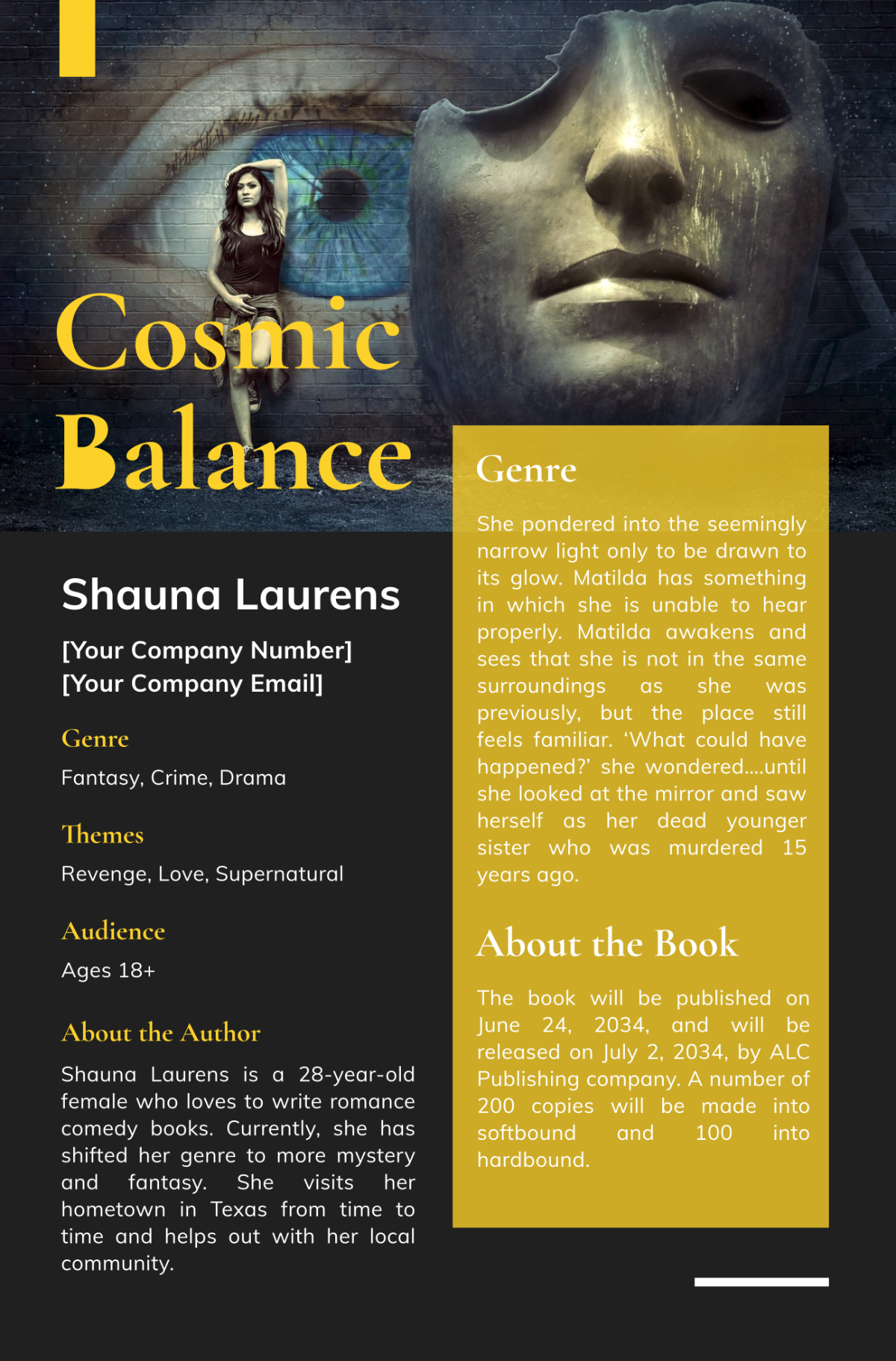Blog Book Review
Prepared by: [Your Name]
Date: [Date]
I. Introduction
Welcome to an extensive and insightful review of The Edge of Tomorrow, a remarkable work that delves into the intricacies of storytelling and literary artistry. In this analysis, we will explore the plot, characters, themes, and stylistic devices employed by the author to bring the narrative to life. The novel offers a profound exploration of human nature, resilience, and the pursuit of self-identity amidst adversity.
II. Overview of the Book
A. Plot Synopsis
The Edge of Tomorrow follows the journey of Sarah Matthews, a young woman facing the challenges of modern society while grappling with the complexities of her own identity. Set in a dystopian future, Sarah is forced to confront both external forces and internal struggles as she navigates through a series of personal and societal upheavals. The novel intricately weaves together her emotional and intellectual growth as she battles to survive, adapt, and ultimately discover who she is meant to be in a world that seems constantly on the brink of collapse.
B. Key Themes
Human Resilience:
The story highlights the protagonist's ability to adapt to hardship and maintain hope in the face of overwhelming adversity. Sarah's journey represents the endurance of the human spirit, even when the odds seem insurmountable.Search for Identity:
A central theme of the novel is the quest for self-understanding. Sarah's evolving understanding of who she is, where she belongs, and what she values unfolds throughout the narrative, making her personal growth a key element of the story's emotional depth.Conflict and Resolution:
The narrative explores both external conflicts—such as societal unrest and the breakdown of traditional systems—and internal conflicts, where Sarah wrestles with her beliefs and her place in a rapidly changing world. These tensions provide a rich foundation for the unfolding resolution, emphasizing personal transformation.
C. Author's Background
Johnathan Whitmore, an acclaimed novelist and sociologist, brings a unique perspective to The Edge of Tomorrow. His extensive work in both social theory and creative writing provides him with a profound understanding of human dynamics and the psychological complexities of survival. Whitmore's ability to combine rigorous academic insights with narrative-driven storytelling gives the book a layer of authenticity and relatability that resonates with readers across various backgrounds.
III. In-Depth Analysis
A. Character Development
The characters in The Edge of Tomorrow are intricately developed, each with distinct personalities and motivations. The author skillfully shapes their journeys, allowing readers to form a strong connection with their growth and transformation. The following table outlines the main characters and their development throughout the book:
Character | Role | Development |
|---|---|---|
Sarah Matthews | Main Character | Evolves through personal and external conflicts, learning to trust her instincts and embrace her role as a leader. |
Thomas Ward | Supportive Friend | Acts as a moral compass for Sarah, growing into his own as he learns from Sarah’s resilience and struggle. |
General Wallace | Antagonist | Challenges Sarah both ideologically and physically, presenting moral and ethical dilemmas that force Sarah to rethink her priorities. |
Emily Davis | Side Character | Represents the human element of the post-apocalyptic world, struggling with fear but ultimately finding courage in unexpected places. |
B. Stylistic Devices
The author employs a variety of literary techniques to enhance the storytelling. The use of vivid imagery, symbolism, and metaphor enriches the reading experience and imbues the text with layered meaning. Below are some of the most prominent stylistic devices used throughout the novel:
Imagery:
Whitmore paints a bleak yet beautiful picture of the dystopian world, using descriptions of decaying cities and barren landscapes to reflect the inner turmoil of the characters.Symbolism:
The recurring motif of light and darkness symbolizes the contrast between hope and despair, guiding readers through Sarah's journey toward self-realization. The light becomes a metaphor for Sarah’s eventual discovery of her true identity and purpose.Metaphor:
The novel frequently uses metaphors that tie back to the natural world, such as Sarah being compared to a seed that must weather a storm before it can bloom. These metaphors deepen the emotional resonance of the narrative and connect the themes of survival and growth.
IV. Conclusion
In conclusion, The Edge of Tomorrow is a masterful exploration of narrative art. The author’s ability to weave complex themes and multifaceted characters into a compelling story is both impressive and inspiring. Whitmore succeeds in creating a world that feels both distant and painfully familiar, inviting readers to reflect on the struggles and triumphs that define the human experience. It is a highly recommended read for anyone interested in the depths of literary craft and the exploration of resilience, identity, and moral conflict.
V. Final Thoughts
Innovative storytelling: Whitmore’s ability to blend traditional storytelling with philosophical insights makes the novel stand out in the genre of dystopian fiction.
Rich thematic exploration: The exploration of themes such as human resilience, identity, and conflict offers readers a thoughtful, nuanced narrative.
Engaging and relatable characters: The complexity and depth of the characters make them highly relatable, allowing readers to see themselves in the struggles and growth of the protagonists.
